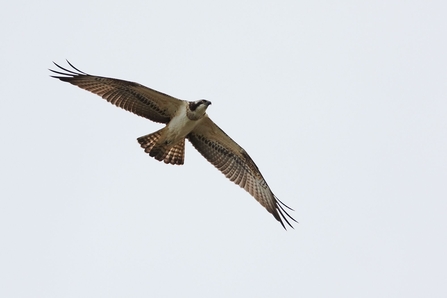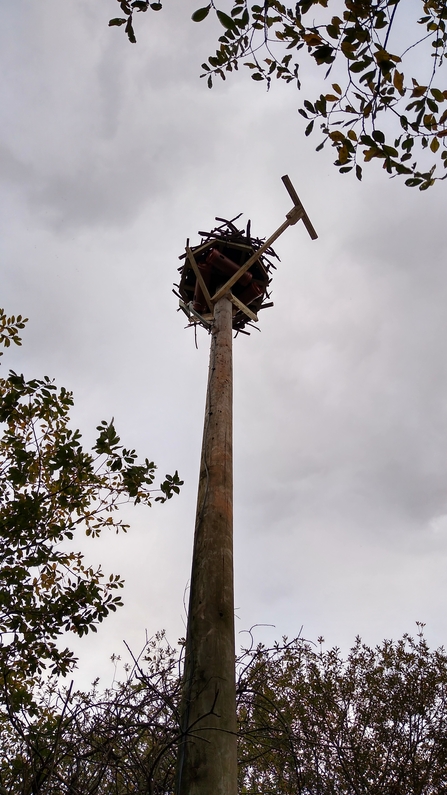Herts and Middlesex Wildlife Trust is working to attract Ospreys, a bird of prey once extinct in the UK, to Stocker’s Lake in Rickmansworth, working in partnership with site owners and project funders, Affinity Water.
Due to human persecution Ospreys became extinct from England as a breeding bird over 180 years ago and from Scotland in 1916. This was mainly as a result of Victorian egg and skin collectors, pesticides like DDT thinning the bird’s eggshells and also gamekeepers who considered them a threat to fisheries. Additionally, habitat loss had a role to play in their demise. Successful conservation programmes are now making amends to the natural world and have brought the birds back to the UK. This started in 1954, when two Scandinavian birds flew to Loch Garten and nested, but it was not until 1959 that the pair bred successfully under the 24-hour watch of the RSPB in a project named Operation Osprey. Since then, the Osprey’s story has been one of continuing conservation success. Ospreys were relocated from Scotland to Rutland Water in Leicestershire between 1996 and 2001 and in 2001, the first breeding pair in England raised a single chick. There are now thought to be up to 300 breeding pairs in the UK and around 1,500 individuals in total, although none currently breed in the south-east of England.



